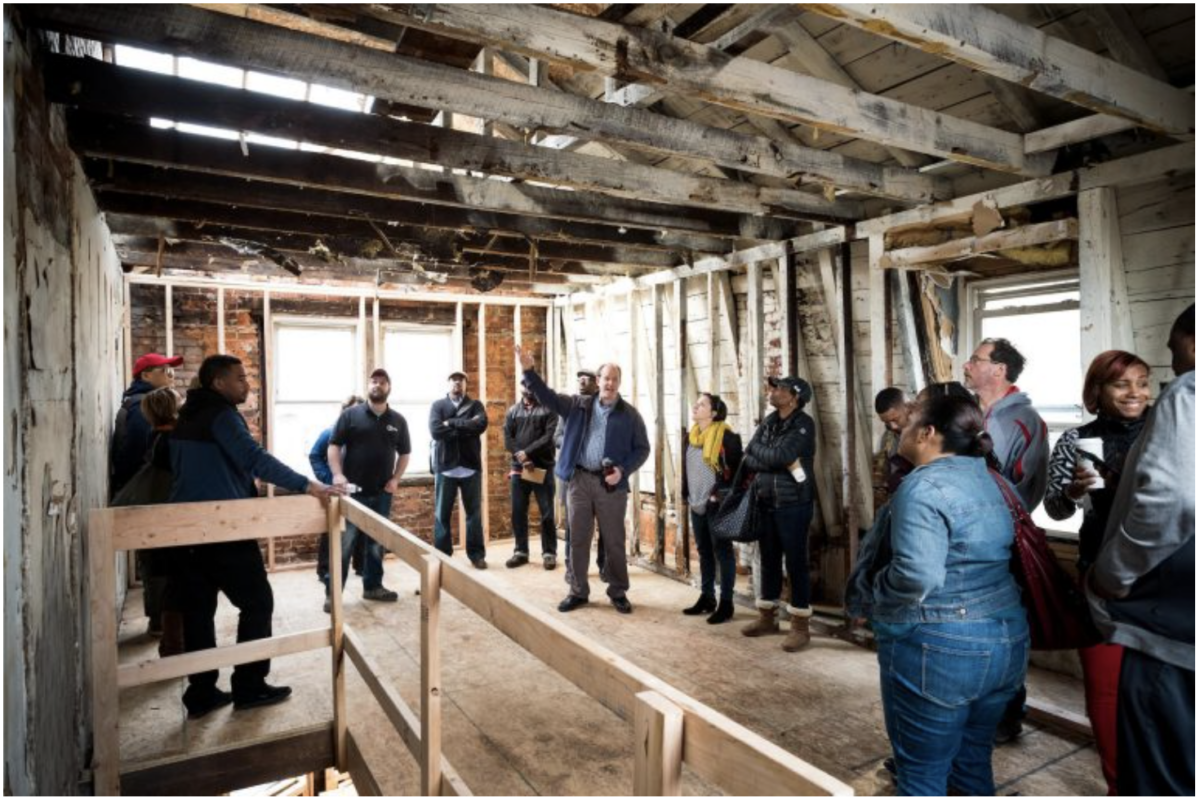The facts are discouraging as it relates to diversity and inclusion in Philly’s real estate and construction industry. Except for a few standouts who have prioritized diversity such as David Cohen at Comcast, LF Driscoll general contracting, and the team at the Pennsylvania Convention Center, we have come to accept failure as the norm in this industry.
Here are the facts: There are a handful of female and people-of-color-led development companies struggling to get in the stream of projects as it relates to impact; two Black general contractors with significant capacity, Perryman Construction and Pride Enterprises; and one woman general contractor with capacity in Philadelphia, Bittenbender Construction. Denver, Oklahoma City and Portland respectively have managed to grow more non-white-male construction enterprises than Philadelphia, whose total non-white population hovers at 55%.
All but one of the 50 Trade Unions in Philadelphia refuse to disclose demographic data because they know how telling that data would be as it relates to inclusion within the historically white industry. Meanwhile, the current boom has contractors staring down a labor shortage.
We have a crisis of exclusion within the building industry. But it’s solvable- if city officials, project owners, developers, and the general contracting community are able to work collectively. This list offers steps we can take as a city to increase diversity in a field that holds the potential to generate thousands of local jobs and career pathways.
1. Diversity as a way of doing business: Project owners — institutions, schools, churches, non-profits, government, and private developers — should add diverse and small firms to the pre-development, professional services and architect/engineering teams. It is more likely that an all-white pre-development team will lead to an all-white construction team.
2. Create support structures: Owners and general contractors should make a commitment to diversity and adopt a mixture of risk mitigation policies and rewards to gain organizational support. Examples include: low-cost bonding and insurance programs
3. Diversity as a metric: Owners should utilize a request for proposal (RFP) bidding and scoring process that encourages and rewards diversity. Joint venture arrangements between general contractors and minority and women-owned firms, as well as joint venture arrangements between majority subs and minority subs, should be encouraged through the process.
4. Industry mentors: Owners should also encourage mentor/protégé relationships between large and small vendors as an acceptable way to boost inclusion. These are feasible steps that could be made part of the scoring process to choose vendors.
5. Forgo the lowest bid: Owners should avoid the low-bid contractor selection process, which studies have shown isn’t always effective. Owners should instead utilize a best overall qualified bid and scoring system that rewards qualified contractors for being price, quality, as well as diversity ( see #2).
6. Carve out jobs: Owners can dictate carve-outs at the onset including project management, material testing, quality control, project safety, scheduling and project controls. These smaller jobs create opportunities for smaller or less capitalized firms.
7. Create consequences: Owners should adopt a posture that rewards firms that adhere to their inclusion guidelines and shun/punish firms that don’t.
More government regulations that force diversity from top down will fail. Instead, we need leaders in board rooms, c-suites and other places of power to stand up and take action.
Blane Fitzgerald Stoddart is president and CEO of BFW Group, LLC and a commissioner with the Governor’s Commission on African American Affairs.

